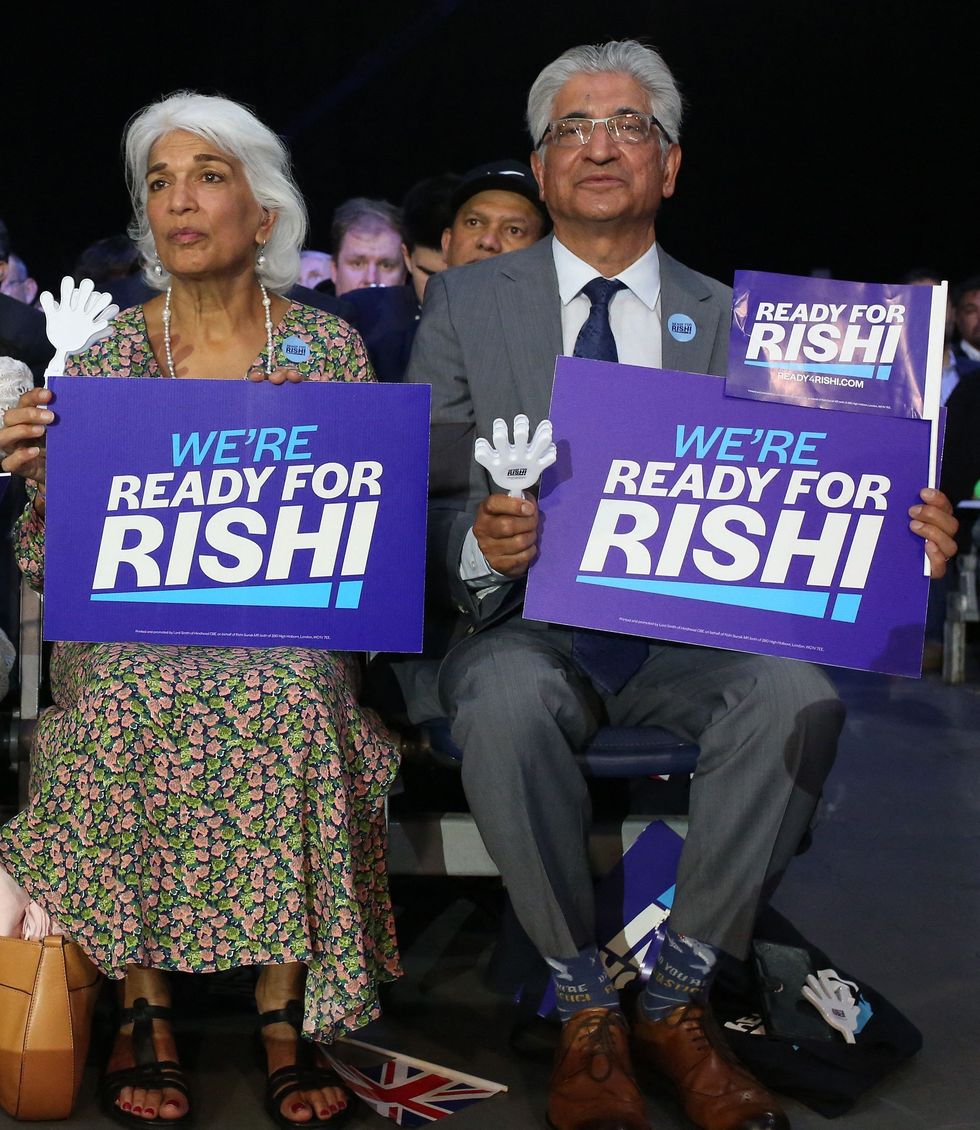AI is changing the sports world by creating training schedules to prevent athletes from getting injured. Every little thing matters to a professional; thus, minimizing the risks of getting hurt is paramount. It looks at heart rate and muscle tension to make schedules for them to prepare and rest. This is something we couldn't imagine before.
Analyzing Athlete Data
AI processes big data from wearable devices such as GPS trackers and smartwatches. These gadgets quantify speed, distance, pulse rate, or muscle tension. This data is also essential for bettors, and with the help of apps like Melget apk they can improve their understanding of this information in real-time. Ongoing so, AI may recognize possible susceptibility or areas of stress.
AI customizes workouts for every athlete based on these factors. For instance, those with a history of hamstring strain may be subjected to several more focused exercises and more frequent breaks. AI customizes routines and gets athletes what they require, which, in the process, helps them perform better while not harming them.
Predicting Injury Risks
While AI is instrumental in identifying current risks, it is also helpful in risk modeling to predict the likelihood of an occurrence that will cause an injury. This technology determines potential precursors of the problem so that athletes and coaches may alter their actions. AI foresees these risks, enabling athletes to reduce and avoid incidents that would otherwise have set them back.
Customizing Workouts for Injury Prevention
AI helps develop workout plans with a clear indication of the risk of injury. Platforms like Melget share this data with fans to enable a better sports betting experience. To prevent or minimize the likelihood of injuries, the individual athlete is the basis for creating and performing routines that enhance capability and reduce risk.
Tracking Fatigue Levels
AI is keen on tracking fatigue signals such as heart rate variability and the ability to sleep. If there is an indication of overtraining, the athlete can use AI to prevent injuries, yet the intensity is lowered. For instance, basketball players who experience higher levels of fatigue are firstly restricted from sprints or other activities that necessitate a lot of energy and are instead allowed lighter exercises to save energy for actual game use.
Through monitoring fatigue, AI allows athletes to exercise according to their level. Such individuals focus on recovery, which helps them not experience strain and burnout, staying in the best shape for the entire season.
Optimizing Recovery Times
Recovery time is essential and is adjusted for each athlete using real-time data. It measures muscle tension and pain levels and chooses biochemical indicators to change the rehabilitation periods. For example, AI may increase a player's rest, which exercises to do if their muscles have high lactic acid content.
This individual approach to recovery enables athletes to sidestep chronic overuse injuries rampant in football, tennis, and other sports. The muscles need time to rest and recover from the previous activity; AI prevents the athletes from incurring unnecessary time off and improves overall performance.
Adapting to Individual Training Needs
AI then flexibly schedules each athlete to make changes based on real-time data. Here's how it's training dynamically:
Assessing recovery: It requires AI to evaluate an athlete's previous sessions to determine the optimal time to rebuild muscle mass.
Monitoring performance metrics: It continuously monitors progress, including speed, agility, and endurance, and changes workouts to accommodate weak links.
Customizing exercise types: In this aspect, AI helps to adopt exercises that may favor one athlete over the other and result in injuries.
This accurate approach makes it possible to develop a specific schedule to accommodate each athlete.
Enhancing Long-term Athlete Health
AI's long-term concern is not for today's game; today's athletes' future focuses on maximum performance. AI prevents them from getting the usual overuse injuries that could keep them benched for months. For instance, AI may change a runner's volume due to the elevated risk of stress fractures, which may spare their season.
The same insights also help improve their health behaviors. AI can suggest better ways to exercise, sleep, and eat healthy. This is more about keeping athletes healthy. The outcome? Players are ready for the next game and protected from the stress of the athletic career level.
Final Thoughts
AI is employed in professional sports, not only for game day preparations. It is a low-profile partner that goes unnoticed as it helps enhance the training process, the athletes' performance, and health. As a result of AI analyzing the data, the future of sports is brighter and safer.






 Sudha Murty and her husband Narayana Murthy with their daughter Akshata, son Rohan and her sister Dr Sunanda Kulkarni
Sudha Murty and her husband Narayana Murthy with their daughter Akshata, son Rohan and her sister Dr Sunanda Kulkarni Rishi Sunak’s parents Usha and Yashvir Sunak
Rishi Sunak’s parents Usha and Yashvir Sunak











 A street vendor looks at his smartphone on April 27, 2024 in Bengaluru, India. (Photo by Valeria Mongelli/Getty Images)
A street vendor looks at his smartphone on April 27, 2024 in Bengaluru, India. (Photo by Valeria Mongelli/Getty Images)

